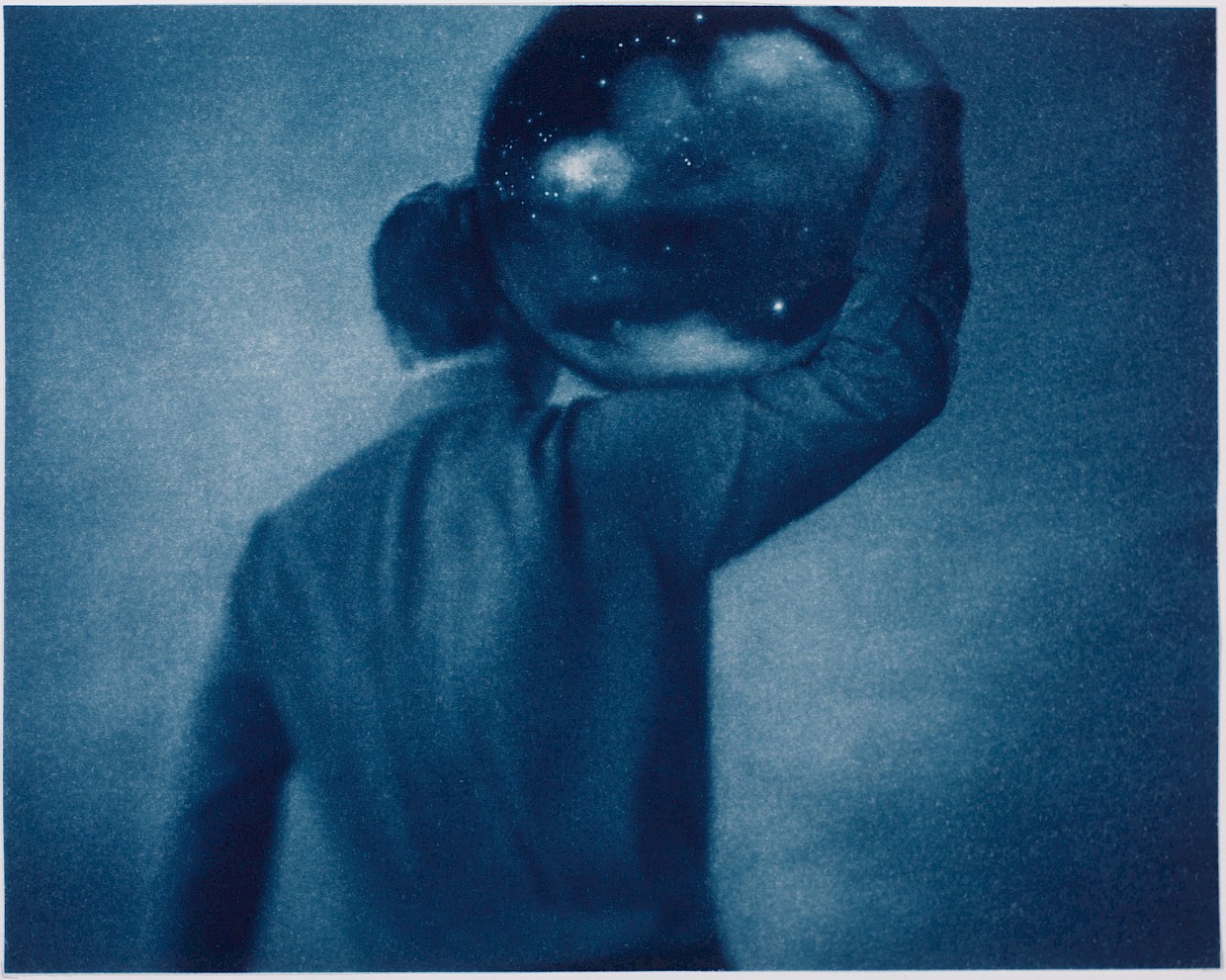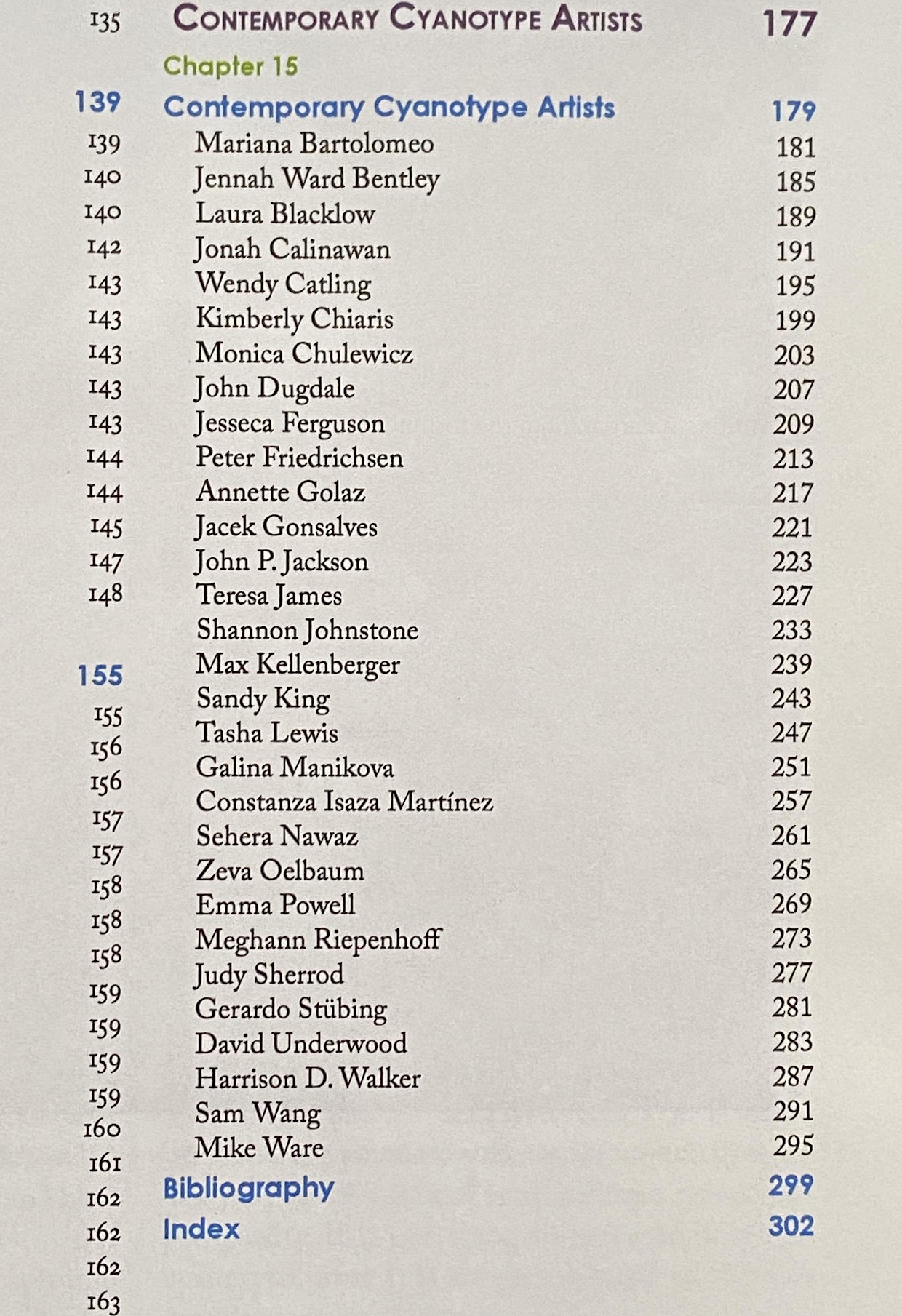What is a Cyanotype?
Feb 17, 2020 / Photography / cyanotype process

“Your photograph looks like a painting,” my friend Julius says over brunch.
“What is it?”
When I show my art to friends and people who’ve never seen antique photographs, this question is usually the first they ask: what is cyanotype?
Cyanotype (sa-YAN-no-type) is a photographic printing process invented in 1842 by Sir John Herschel—three years after the birth of photography. Its telltale characteristic is the heavenly blue color—a result of a chemical reaction when cyanotype is exposed to ultraviolet light. The process involves brushing a photo-sensitive emulsion onto paper and letting it dry in a dark place. The emulsion is a mixture of two chemicals, ferric ammonium citrate and potassium ferricyanide, dissolved in distilled water. When these salts are combined, they become UV light sensitive. That’s why you need to let it dry away from sunlight. I dry my coated papers for about 30 minutes in the bathroom with no windows and they turn out fine. When the coated paper is dry, I place a photographic digital negative on top and expose this layered “sandwich” to ultraviolet light for 12 minutes. The portions of the negative that are “thin” allow UV light to get through. UV causes a chemical reaction in the dried cyanotype emulsion–making it dark and insoluble to water. Conversely, the portions of the negative that are “thick” (denser) don’t allow UV light to get through and so there is no chemical reaction. After 12 minutes, when I wash the paper, the emulsion that didn’t have a chemical reaction washes away. The extent of what’s removed is inversely proportional to the level of UV light that got through. What’s left on the paper is the photographic image. It sounds complicated, but that’s at the chemistry level. At the visceral level, washing cyanotype prints and seeing the pictures reveal themselves is a thrilling and satisfying experience. Cyanotype is usually the first “alternative process” photographers learn as it’s economical, non-toxic, and can be done at home. There are two formulations available today. I use the classic formula from Bostick and Sullivan in Santa Fe, New Mexico. Anna Atkins, who I wrote about in my artist date at the Getty Center, is the most famous artist connected to this 19th-century printing process. She’s the first person who used photographs in her book, Photographs of British Algae: Cyanotype Impressions, published in 1843. Photography was invented in 1839, so it’s only a 181-year-old art form. Compared to painting, which is a +30,000-year-old art form (if you consider cave paintings to be the “start”), photography is just a baby. Anna Atkins is known as the first female photographer. In the 2019 photography book entitled Cyanotype: The Blueprint in Contemporary Practice, Christina Anderson featured artists who work with the process today. You can buy this book from Focal Press or Amazon. Here’s a snapshot of the table of contents. Thank you to Christina Anderson for including me in this roster of artists. I follow many of the artists listed above. John Dugdale, who I interviewed, is one of them. I love his work. I took a photography workshop from him in 2011. Annie Lopez, who prints cyanotypes on dresses, is remarkable. Cyanotype is normally thought of as a photographic process. However, Casey Roberts uses cyanotype as a painting medium. I went to one of his workshops in Columbus, Indiana, in 2018. I also love his work. The cyanotype process produces a monochromatic Prussian blue image—this is its trademark. When I show my work to people, this is the first thing they see, and maybe, the only thing they see. It is a shock, considering it’s blue.As an aside, architects and engineers used to print their plans using cyanotype. That’s where the word ”blueprint” comes from. We’re so used to seeing photographs in color or in black & white (if you’re going for a documentary or “reality” feel). I use cyanotype in my photography for its emotional expression. In Out of the Blue and One Day, I have a man looking for his future. To contemplate the future, one must look inward to one’s hopes, fears, and dreams. I think blue supports this inward movement. Blue is a quiet color. I’m a big believer that the process should reflect the concept. Thus, I use cyanotype because it fits the idea of my work.Cyanotype Printing Process
Anna Atkins
Modern Cyanotype Artists

Why Cyanotype



